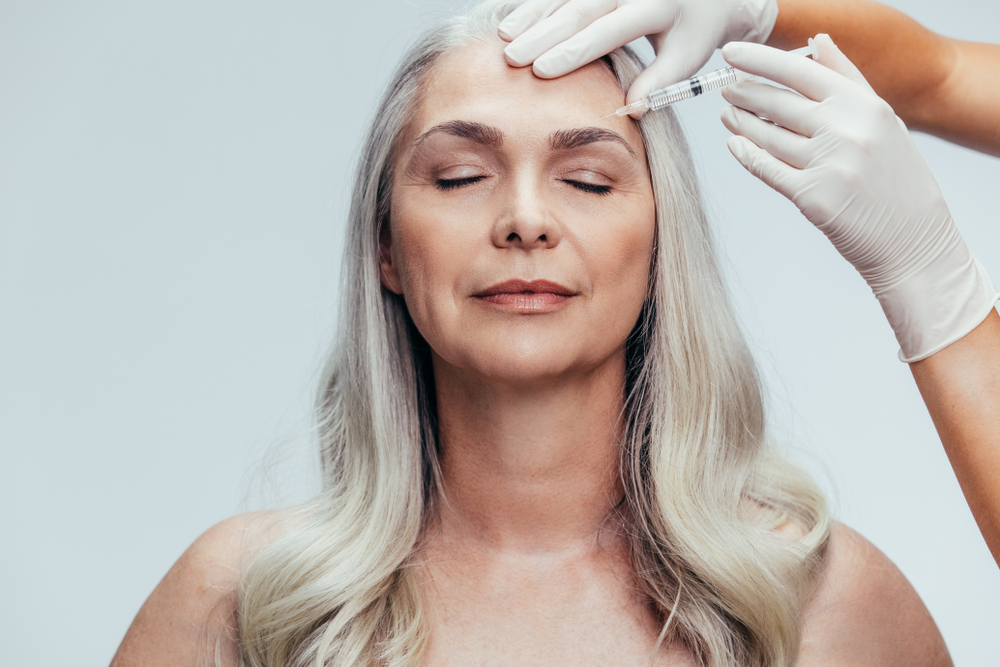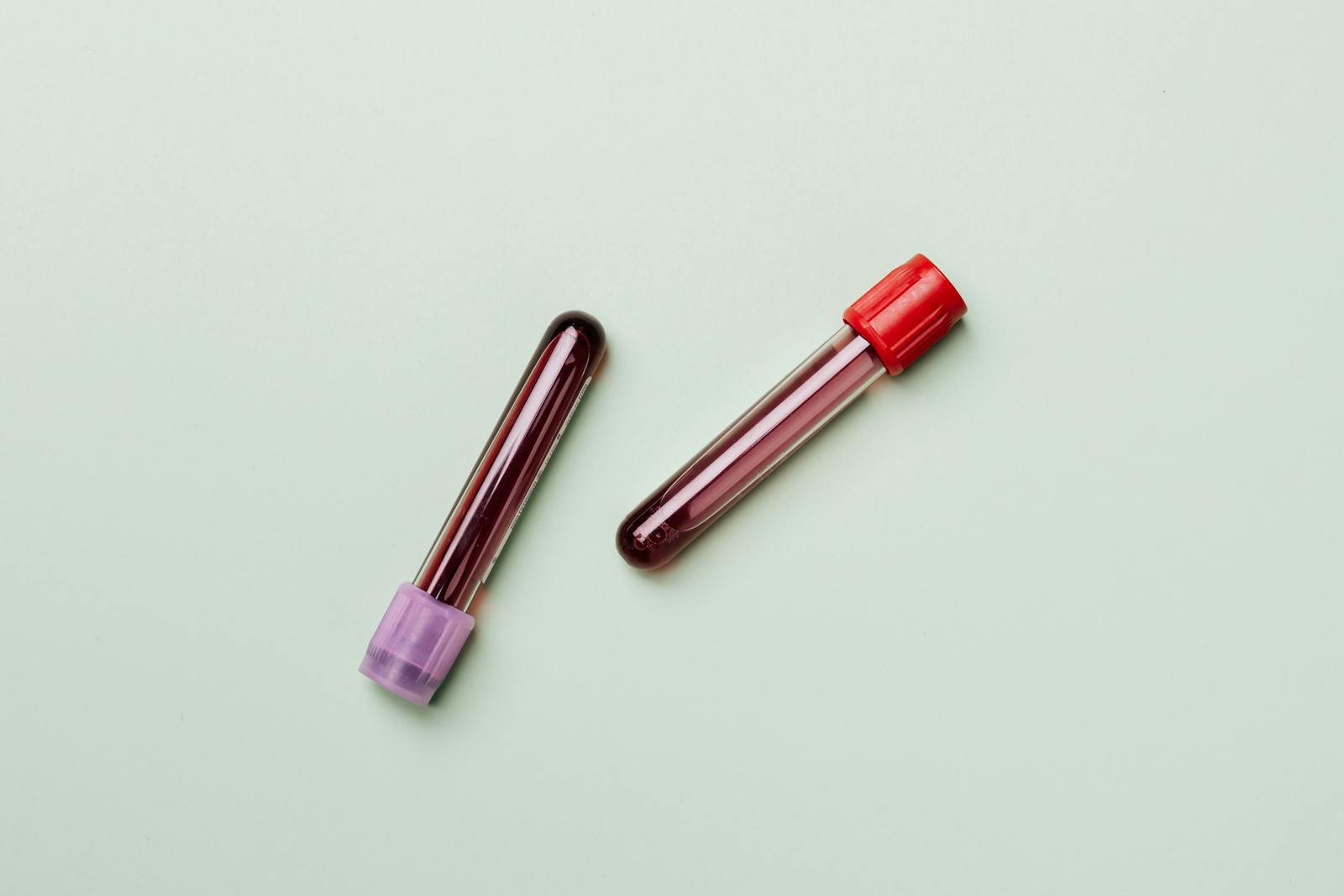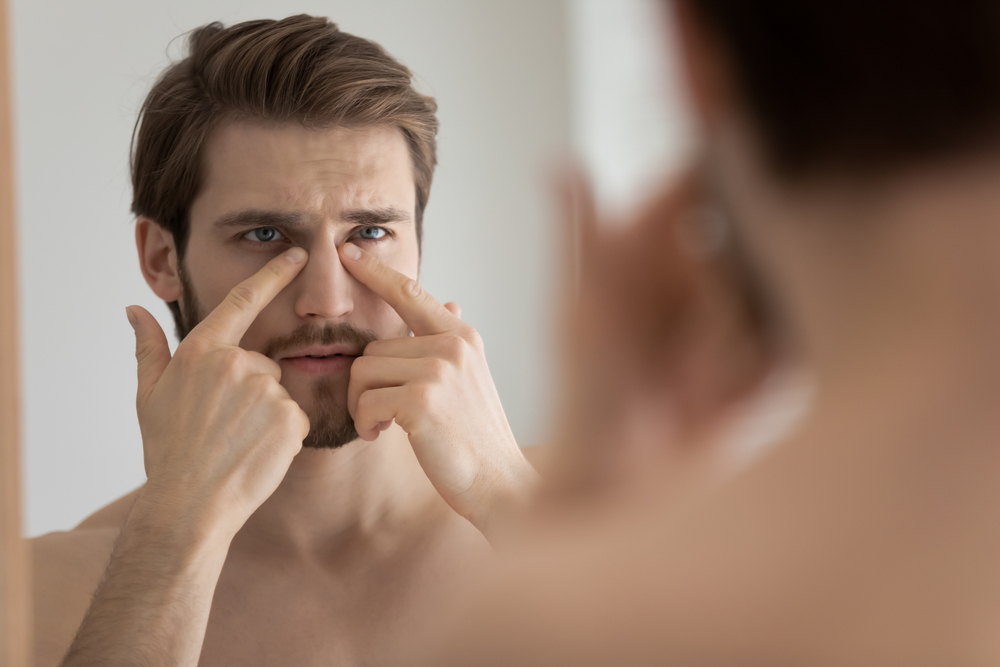Michael Jackson’s physical transformation remains one of the most discussed aspects of his public life. Among the most notable changes was his transition from medium-brown skin to a markedly lighter complexion. While widely speculated upon, the process was medically documented and rooted in a condition called vitiligo, a chronic disorder that causes depigmentation of sections of the skin.
Understanding Vitiligo
Vitiligo is an autoimmune condition where the body attacks melanocytes, the cells responsible for producing melanin, the pigment that gives skin its colour. As the condition progresses, patches of skin become lighter or turn completely white. It often begins on the face, hands, and sun-exposed areas and can spread unpredictably. Michael Jackson publicly confirmed he had vitiligo in a 1993 interview with Oprah Winfrey and medical records later supported his claim.
Dr Arnold Klein, Jackson’s longtime dermatologist, confirmed he had treated Jackson for vitiligo and lupus. Klein also stated that Jackson used treatments to even out his skin tone as the lighter patches became more prominent and the contrast more difficult to manage with traditional cosmetic makeup.
The Process of Depigmentation Therapy
For individuals with widespread vitiligo, depigmentation therapy may be recommended as a last-resort solution. This treatment removes the remaining pigment from unaffected skin to create a more uniform appearance.
The agent most commonly used is monobenzyl ether of hydroquinone (MBEH). This topical compound gradually destroys melanocytes in healthy skin, lightening it permanently. The process is slow and requires a daily application over several months to a year, depending on the area of skin being treated.
During treatment, patients must avoid sun exposure and use high-SPF sunscreen as the skin becomes more vulnerable to UV damage. Redness, itching and dry skin are common side effects, and full depigmentation is considered irreversible.
Recovery time is gradual and not surgical in nature, but emotionally and socially, it can be deeply impactful. Patients are often advised to undergo psychological support while making such a transformative decision.
Expert Commentary and Medical Opinions
Board-certified dermatologist Dr Nada Elbuluk has explained that depigmentation therapy is “not a light decision to make and is generally only considered when vitiligo covers more than 50 percent of the body.” It is a process that removes what remains of one’s natural pigment and requires lifelong sun protection.
Dr Andrew Alexis, a skin of colour specialist, noted that Michael Jackson’s appearance brought greater awareness of vitiligo but also confusion. “People did not understand that this was a disease and not a vanity choice. That misunderstanding followed him for years.”
While Jackson’s lighter skin was often attributed to cosmetic surgery or bleaching, autopsy reports confirmed the presence of vitiligo and depigmented patches consistent with medical treatment.
Treatments That Support Melanin
In contrast to depigmentation, there are treatments aimed at stimulating melanin for those seeking to restore pigmentation. These include:
Topical corticosteroids and calcineurin inhibitors, which help control inflammation and immune activity
Phototherapy using narrowband UVB light to stimulate pigment cells
Excimer laser therapy, which targets small areas of skin with UVB light
Melanocyte transplants, though still under research, involve relocating healthy pigment cells
These treatments are commonly used for localised vitiligo and have shown promising results when started early.
A Cultural and Clinical Reflection
Michael Jackson’s experience with vitiligo, though deeply personal, became a global cultural conversation. At the time, public understanding of skin disorders was limited, and his transformation was often misinterpreted. Today, greater awareness exists, but vitiligo remains a challenging and under-discussed condition.
His case underscored the complexity of treating visible skin disorders in the public eye and demonstrated how medical treatments intersect with societal pressures and identity. For those dealing with similar conditions today, there is a broader range of dermatological options and improved support from the medical community.













